Every year, the Zimbabwean government and multilateral financial institutions project that the economy will grow by huge margins, yet the current economic situation does not meaningfully change, and if it does at all, it is marginal and negligible.
Why is that the optimistic annual projected growth rates do not change the state of the economy and people's lives.
Is it because these are thumb-sucked figures, projections get undermined by the vagaries of macro-economic fundamentals, the volatile environment is disruptive, or these statistics are fictitious in the first place?
Or indeed a combination of all these issues?
To start with, the government says the economy will grow by 6% in 2025.
Finance minister Mthuli Ncube and other relevant authorities and institutions have claimed this projected growth, although some now think about revising it downwards.
Ncube first projected this in his 2025 national annual budget, and recently maintained the forecast.
"Given the positive economic developments during the period January to June, we are confident that the projected economic growth of 6% alluded to in the 2025 National Budget is achievable," Ncube told parliament in a mid-year budget review.
"All sectors of the economy are expected to record positive growth in 2025, mainly on account of a favourable agriculture season, improved electricity generation, stable exchange rate and inflation rate."
The African Development Bank (AfDB) this week also projected that Zimbabwe is on course to achieve a 6% economic growth rate this year, buoyed by stability and recovery in key productive sectors.
According to the multilateral lender, growth will be driven by strong performance in agriculture, new mining projects, a rebound in manufacturing, and ongoing construction activities.
Speaking to the state-owned ZBC in Harare on Tuesday, AfDB principal country economist Kelvin Banda said sound fiscal and monetary policies would anchor the growth momentum.
“This year, we are forecasting a six percent growth from two percent, driven by the recovery in the agriculture, mining, and manufacturing sectors.
We are also appreciating the efforts by the Central Bank to stay the course of a tight monetary policy and sustain the current gains, so there is a need to further focus on stability,” he said.
“The government is already implementing measures to sustain the economy. Zimbabwe is one of the fastest-growing countries in the Southern African region. Despite the headwinds of last year, the macro-economic stability measures will be key in terms of sustaining growth prospects of the country."
The recently released 2025 mid-term fiscal and monetary policy statements also further indicated a 6% growth rate is on course.
The International Monetary Fund (IMF) has also projected 6% growth rate for Zimbabwe, driven by structural reforms, favourable commodity prices, and a strong agricultural recovery with improved maize, cotton, and tobacco harvests.
An IMF staff team, led by Wojciech Maliszewski, concluded the 2025 Article IV consultation in Zimbabwe from June 4 to June 18.
The team engaged in multiple discussions with Zimbabwean authorities and stakeholders on the country's economic developments and policies.
The IMF mission focused on various aspects of Zimbabwe's economy, including growth prospects, fiscal and debt sustainability, and structural reforms.
An IMF staff team, led by Wojciech Maliszewski, concluded the 2025 Article IV consultation in Zimbabwe from June 4 to June 18.
The team engaged in discussions with Zimbabwean authorities and stakeholders on the country's economic developments and policies.
Specifically, the team met with various stakeholders, including government officials, private sector representatives, and civil society organizations.
The IMF mission focused on various aspects of Zimbabwe's economy, including growth prospects, fiscal and debt sustainability, and structural reforms.
The IMF mission emphasised the need for fiscal consolidation and addressing debt vulnerabilities.
The mission encouraged reforms to improve the business climate, strengthen economic governance, and reduce corruption.
It highlighted the importance of foreign exchange market reform, promoting a more transparent and market-driven exchange rate, and removing exchange restrictions.
Further, the mission underlined the need to monitor asset quality, finalise regulations for non-bank financial institutions, and operationalize the deposit insurance scheme.
All the while, the market buzz was that the Zimbabwean economy will grow by about 6%, a huge leap forward.
The World Bank was even more optimistic, forecasting a 6.2% growth rate, attributed to a broad-based post-drought recovery in agriculture and robust growth in industry and services.
Afreximbank was, however conservative: it forecast a growth rate of 3.8%, driven by a favourable agricultural season, increased mining output, and stable macroeconomic conditions.
Zimbabwe's GDP is projected to reach US$38.17 billion (nominal) and US$93.87 billion (PPP) in 2025, with a growth rate of 6%.
The country's per capita income is also expected to surpass US$3000 in 2025, according to Xinhua.
These figures raise eyebrows. On the ground, there is simply no sentiment or feeling as the people cannot relate to this purported economic expansion, maybe except a few privileged ones.
Doom and gloom, not boom and gloom, actually envelop the nation.
So where will this growth come from?
Agricultural recovery: It is expected that this sector will pump 12.5% growth, driven by better rainfall and improved harvests.
The mining sector is projected to grow by 7%, reinforced by rising gold prices and new investments.
Robust growth in industry and services is also expected to contribute to the overall economic recovery.
These economic growth projections usually do not materialise for different reasons.
There are always potential risks and challenges along the way.
For instance, dependence on agriculture and mining is not reliable.
These sectors are vulnerable to shocks which government and authorities (assuming that their growth projections are scientific and real) have no control over.
For example, climate-change-related shocks and fluctuations in global commodity prices.
Macro-economic stability is also key.
There is a need for continued fiscal and monetary policy discipline to maintain stability if this growth is to be realised.
Ongoing efforts to address debt issues and ensure sustainable economic growth are also an issue to achieve the objective.
Besides, it is difficult to plan anything really successful in an economy like Zimbabwe's given its prolonged instability, policy inconsistencies and currency volatility.
Then there is the issue of confidence. This is critical.
Because of Zimbabwe's disastrous leadership, policy and governance failures, the people and markets have little or no confidence in what its leaders and government say.
Confidence is a crucial factor for both economic recovery and stability.
When businesses, markets and consumers feel confident about the future, they are more likely to invest, spend, and create jobs, which fuels economic growth.
Businesses are more likely to invest in new projects, expand their operations, and hire new employees when they are confident about the economic outlook.
When businesses are confident, they are also more likely to drive economic growth by increasing production and sales, which have ripple effects across the economy.
This usually leads to more job creation, which further boosts consumer confidence and spending.
Consumer confidence directly impacts spending habits.
When consumers are optimistic about the economy, they are more likely to spend money on goods and services, which in turn fuels economic activity.
Conversely, a lack of confidence can lead to decreased spending and investment, potentially triggering a recession.
High levels of confidence can help stabilise the economy by reducing fluctuations in spending and investment.
This creates a more predictable environment for businesses and consumers.
A stable economic climate is essential for growth and prosperity.
However, Zimbabwe's projected high economic growth rate of 6% is unlikely to translate to improved living standards for the majority poor due to several underlying issues, some of which are rooted in economic management and others structural.
One of the key issues involved is the low base of the economy.
Zimbabwe's projected high growth rate will not change much in terms of the state of the economy and people's lives, partly due to its small economic base, meaning even significant percentage growth rates do not necessarily translate to substantial absolute economic gains.
For instance, a 6% growth rate might only add US$1.2 billion to the economy, which is relatively small and negligible compared to larger economies.
An injection of US$1.2 into Zimbabwe's economy changes nothing in the end.
Businesses and individual gains would be marginal and of no consequence.
There is also the issue of income inequality.
The majority of Zimbabweans who are employed earn mere peanuts.
They are unable to afford simple basic necessities like food, healthcare, and education.
An overwhelming majority of able-bodied Zimbabweans are also unemployed.
As a result, nearly half of the country's 16 million population lives in extreme poverty, surviving on less than US$1 a day.
Zimbabwe currently faces significant poverty challenges, with an estimated 7.6 million people, including 3.5 million children, requiring humanitarian assistance.
This is largely due to the lasting impact of an El Niño-induced drought, a food and nutrition crisis, floods, and public health emergencies, according to Unicef.
While some progress has been made in reducing poverty, with the food poverty rate dropping to 43% in recent years, it remains significantly above the national target.
The country's economy is fragile, and poverty is closely linked to food instability, especially given that most households rely on agriculture.
Despite the introduction of the Zimbabwe Gold (ZiG) currency, which has provided temporary stability, inflation remains high.
Businesses and individuals struggle to access affordable credit due to high interest rates, hindering expansion and growth.
This limited liquidity makes it difficult for industries to invest and create jobs.
Then there is a problem of power outages and infrastructure decay.
Persistent power outages and infrastructure collapse, particularly in the energy sector, are significant obstacles to economic growth.
The agricultural sector, a key driver of growth, is heavily reliant on mechanisation, which requires reliable electricity.
Zimbabwe's mounting debt, which has reached 92% of GDP, is diverting funds meant for critical sectors like health, education, and social protection to debt repayment.
The government's fiscal indiscipline just makes things worse.
There is a need to maintain fiscal discipline and strategically direct expenditure towards productive sectors.
A gradual refinement of monetary policy to support sustainable growth, while maintaining stability, is crucial.
Addressing infrastructure challenges, particularly in the energy sector, is essential for supporting economic growth.
The government is trying to rebuild roads and dams, for instance, but the impact of that on the economy is insignificant.
Those projects are actually rent-seeking opportunities by those in positions of influence, meaning they fuel corruption instead of improving the economy.
Corruption under President Emmerson Mnangagwa has reached unprecedented and crisis proportions as his family, relatives, and cronies loot the economy dry into an empty shell.
Increased investment in social protection programmes could help alleviate poverty and improve living standards for the most vulnerable populations.
However, optimistically projected high economic growth rates will not change much or anything in a struggling and extensively damaged Zimbabwean economy.
------------
Delani Mangena is a banker and Zimbabwean economist based in London, UK.
- Delani Mangena
 Are Zimbabwe economic growth rates real?
Are Zimbabwe economic growth rates real?  South Africa is in serious trouble
South Africa is in serious trouble  US halts visa services for Zimbabwean nationals
US halts visa services for Zimbabwean nationals 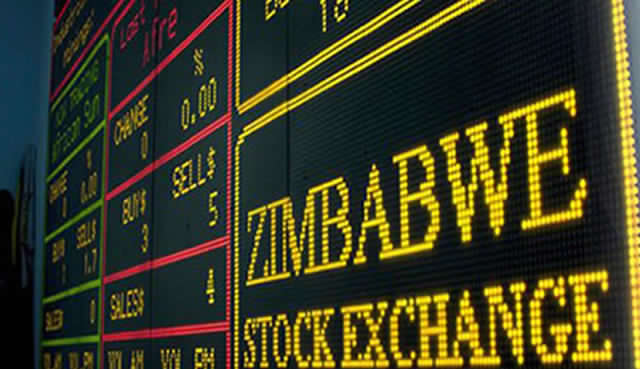 ZSE pushes for another equities tax cut to boost selloffs
ZSE pushes for another equities tax cut to boost selloffs  Gold edges up as traders await guidance
Gold edges up as traders await guidance  Inside Buhera's hidden cost of lithium
Inside Buhera's hidden cost of lithium  Young Investment Professional (YIP) Graduate Programme 2019
Young Investment Professional (YIP) Graduate Programme 2019 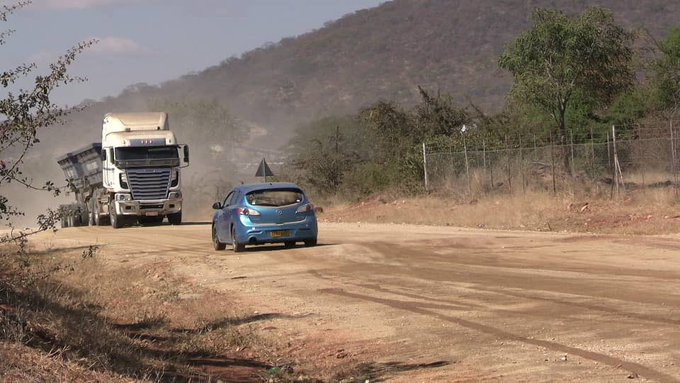
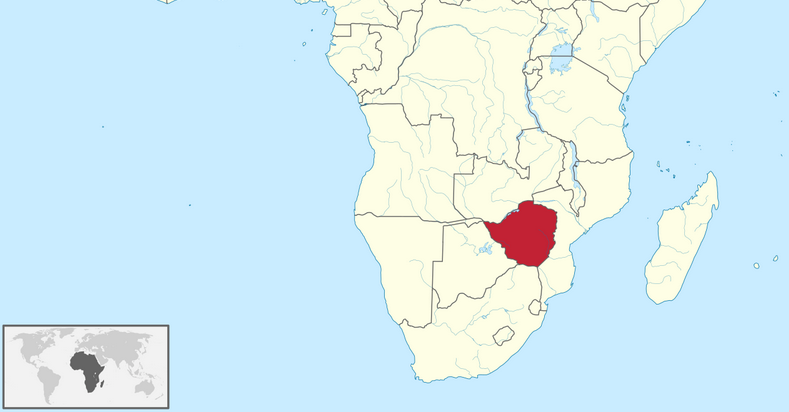
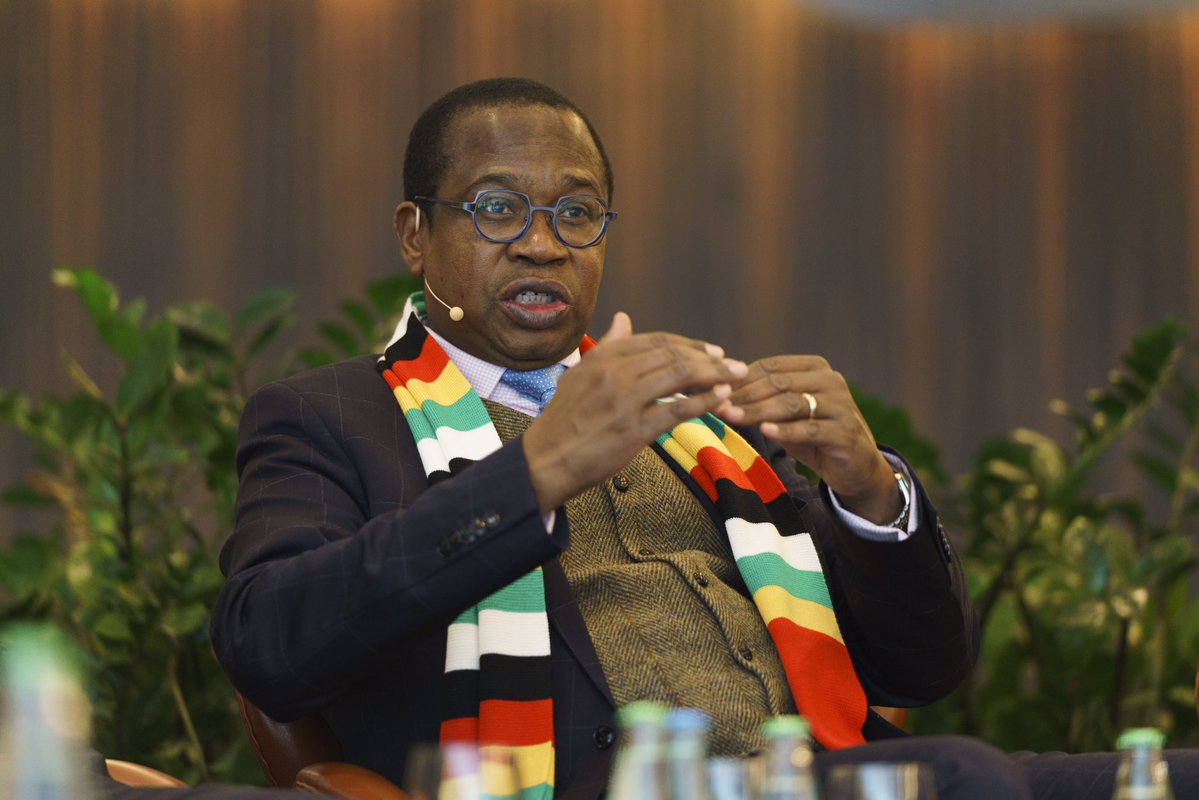


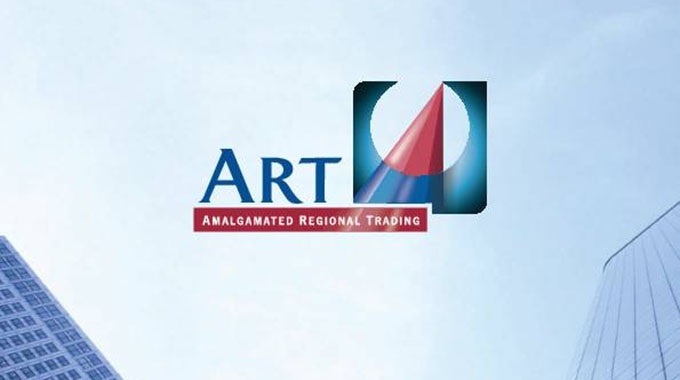

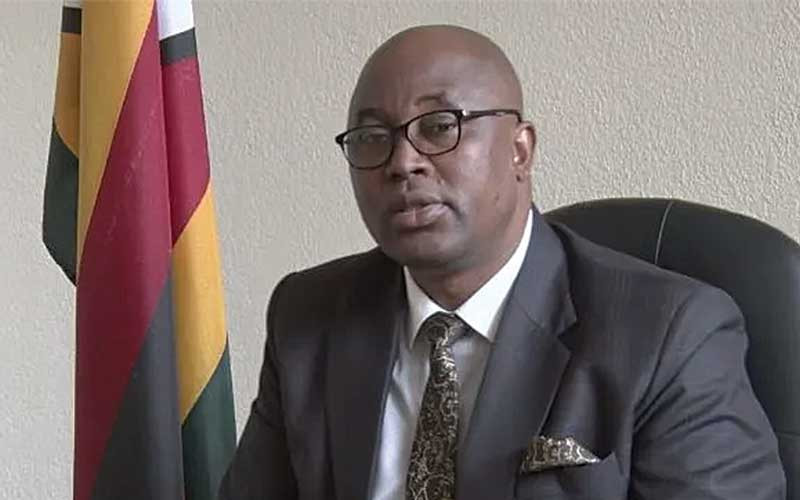
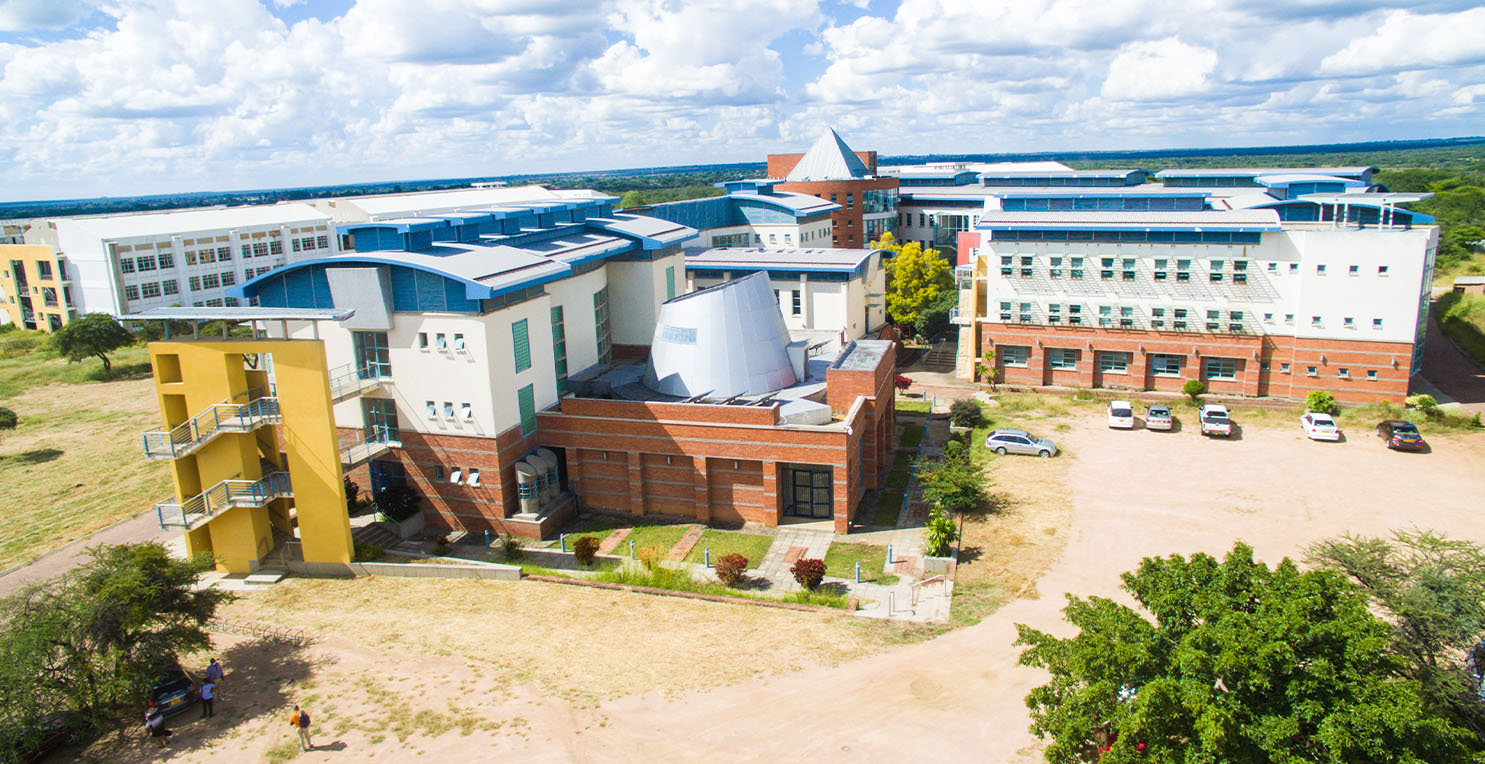
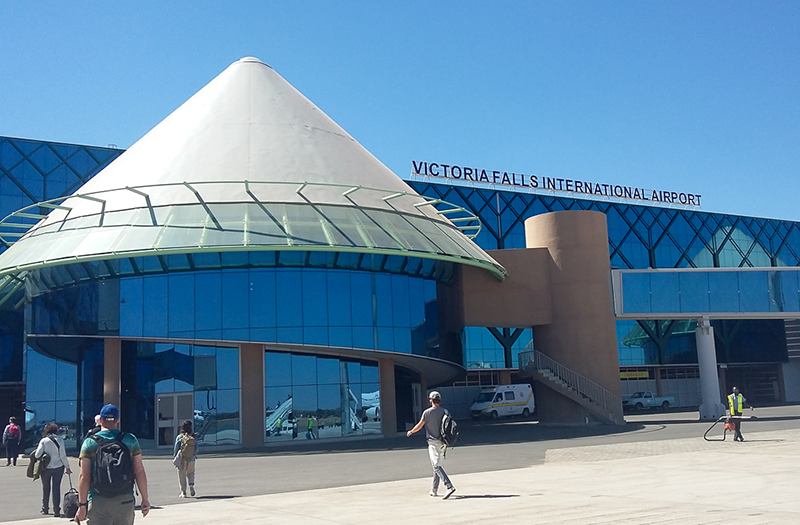

 Young Investment Professional (YIP) Graduate Programme 2019
Young Investment Professional (YIP) Graduate Programme 2019
Editor's Pick